買器材 » 模組化合成器 » VCO » Mutable Instruments Plaits




REBOOTING A CLASSIC
Plaits is the spiritual successor of Mutable Instruments’ best-selling voltage-controlled sound source, Braids. Not just a mkII version: its hardware and software have been redesigned from scratch.
Just like its predecessor, it offers direct access to a large palette of easily tweakable raw sonic material, covering the whole gamut of synthesis techniques.
SIMPLICITY FIRST
Gone are the screen, menu system, hidden settings, and the long list of somewhat redundant synthesis models.
Thanks to additional CV inputs, and to the use of three timbre-shaping parameters per model, Plaits is straightforward to use, and much closer to the ideal of one synthesis technique = one model. What were fragmented islands of sound in Braids are now part of a continuum of sounds.
READY FOR PERCUSSION
Patch a trigger generator or sequencer into Plaits’ trigger input and instantly use the module as a percussive source thanks to its built-in virtual low-pass gate (LPG).
An internal D (decay) envelope generator is normalled to all unpatched CV inputs. Just turn the corresponding attenuverter to add pitch, timbre or morphing modulation. And if plucks and snappy hits are not your thing, patch your own envelope or CV source into the LPG CV input.
16 deep synthesis models
8 synthesis models for pitched sounds
- Two detuned virtual analog oscillators with continuously variable waveforms.
- Variable slope triangle oscillator processed by a waveshaper and wavefolder.
- 2-operator FM with continuously variable feedback path.
- Two independently controllable formants modulated by a variable shape window (VOSIM, Pulsar, Grainlet, Casio CZ-style resonant filter…).
- 24-harmonic additive oscillator.
- Wavetable oscillator with four banks of 8x8 waves, with or without interpolation.
- Chord generator, with divide down string/organ emulation or wavetables.
- A collection of speech synthesis algorithms (formant filter, SAM, LPC), with phoneme control and formant shifting. Several banks of phonemes or segments of words are available.
8 synthesis models for noise and percussions
- Granular sawtooth or sine oscillator, with variable grain density, duration and frequency randomization.
- Clocked noise processed by a variable shape resonant filter.
- 8 layers of dust/particle noise processed by resonators or all-pass filters.
- Extended Karplus-Strong (aka Rings’ red mode), excited by bursts of white noise or dust noise.
- Modal resonator (aka Rings’ green mode), excited by a mallet or dust noise.
- Analog kick drum emulation (two flavors).
- Analog snare drum emulation (two flavors).
- Analog high-hat emulation (two flavors).
Dual output
- The AUX output carries a variant, sidekick or by-product of the main signal.
- Patch both OUT and AUX to Warps for weird hybridization experiments!
Internal or external modulations
- Dedicated CV input for synthesis model selection. No need to activate a mysterious META mode!
- An internal decay envelope is normalled to the TIMBRE, FM and MORPH CV inputs: the amount of internal modulation is directly adjusted with the attenuverters.
Internal low-pass gate (LPG)
- Dedicated LEVEL CV input controlling the amplitude and brightness of the output signal.
- The internal LPG can also be directly plucked by the trigger input.
- Two parameters of the LPG can be adjusted: amount of low-pass filtering (VCFA to VCA), and response time of the virtual vactrol.
Specifications
- All inputs: 100k impedance, DC to 2kHz.
- FM, MORPH, TIMBRE input range: +/- 8V.
- HARMO and MODEL input range: +/- 5V.
- LEVEL and TRIG input range: 0 to +8V.
- V/O input range: -3 to +7V.
- 16-bit CV capture.
- Audio output: 48kHz, 16-bit, DC-coupled.
- Internal processing: 32-bit floating point.
Plaits vs Braids?
Plaits shares no hardware or software with Braids!
- Floating-point DSP code written from scratch or inherited from Elements, Warps and Rings.
- Band-limited synthesis used almost everywhere, producing aliasing-free results at the base sample rate of 48kHz (Braids ran at 96kHz and used naive oversampling).
- High-quality Sigma-Delta ADC for CV acquisition, approaching a resolution of 16-bit (12-bit for Braids).
- ADC reads are interpolated in software to eliminate zipper noise.
- DC-coupled audio output, extending the range of the module to very low frequencies (Braids could not reach LFO ranges).
- Lean hardware design: less HP, mA and €.
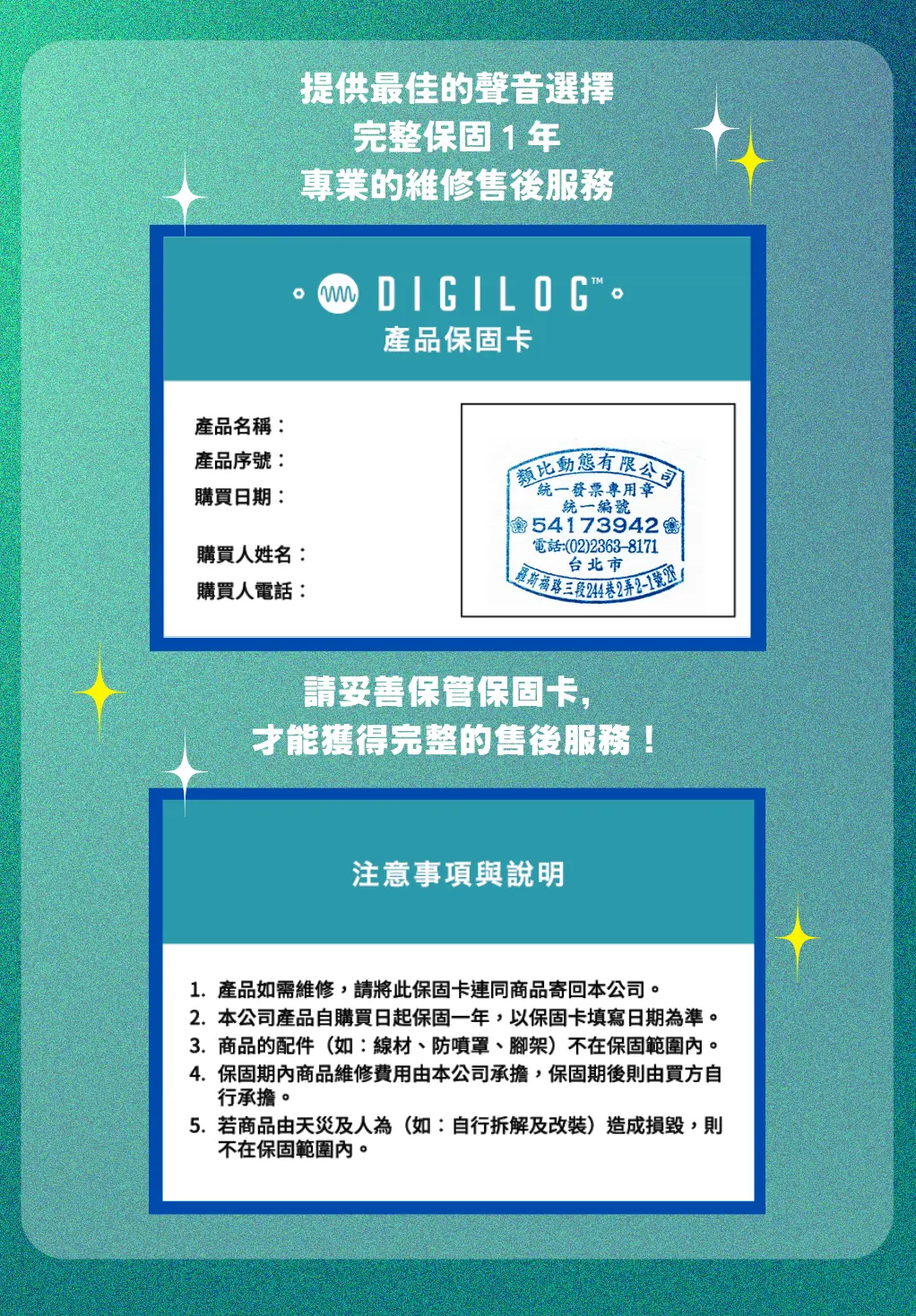


使用評論:
購物須知 Q&A
Q1 . 何謂鑑賞期?
依消費者保護法之規定,網路購物享有商品到貨日起算七天猶豫期。必須提醒您,「 猶豫期並非試用期 」,鑑賞期目的為提供您檢視、參考,並非提供您商品的試用,若您收到商品經檢視後有任何不合意之處,請勿拆封使用,並立即依照退貨規定辦理退貨。商品退換貨必須是完整包裝,且勿缺漏各項配件及贈品,或自行拆損原廠包裝與外盒。若有任何遺失、損毀或是缺件,可能會引響到您的退換貨權益,也可能依照損毀狀況扣除復原之相關費用。
Q2 . 如何辦理退換貨?
若您確定要辦理退貨,請務必保持商品全新完整包裝,且勿損毀原廠外盒。包含商品本體、配件、保證書、原廠包裝、附隨說明文件等,均須包含在內,勿缺漏任何一項。若有其他可歸責您的原因,造成商品損毀,將無法辦理退貨,或須將損壞費用於退款中扣抵。但商品如有新品瑕疵問題,則不在此限,享有無條件退換貨服務。
請於鑑賞期內來電或來信,詳細告知我們欲退換貨之原因、商品現況、電話,及取件的地址,我們將於 3 - 5 個工作天內安拍退貨事宜。
Q3 . 如何收到退款、需要多少時間?
依不同付款方式,退款方式與時間也不同,說明如下:
信用卡付款:帶我們收到退貨商品後約 5 至 7 個工作天,款項將會退至您信用卡帳戶。請依信用卡結帳日判斷,刷退款項可能列於本月或次月帳單,退款進程請向信用卡發卡銀行確認。
匯款:請聯絡 service [at] digilog.tw 並提供您的完整匯款資料(銀行、分行名稱、銀行代號、戶名、帳號),我們將派快遞公司前去取回您的退換貨商品,並於 5 至 7 個工作天,將款項匯還至您所指定的帳戶。
Q4 . 商品維修的運費需要自行負擔嗎?
商品維修的往返運費須自行負擔。
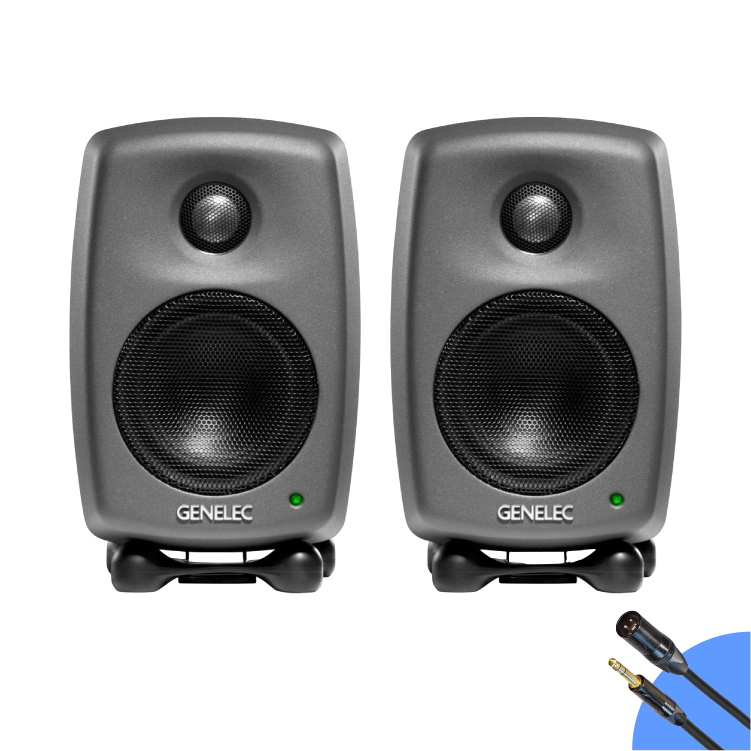


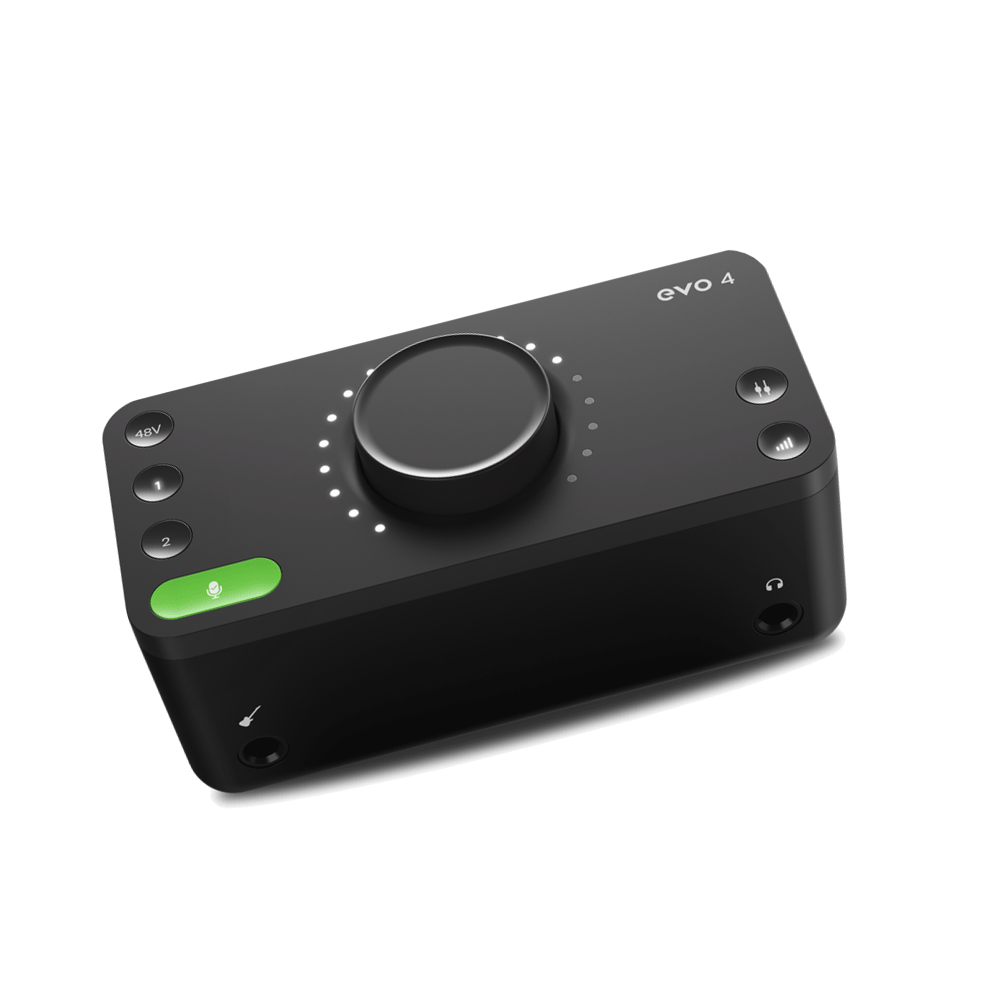



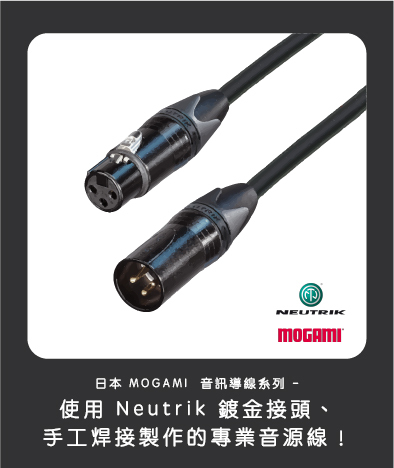


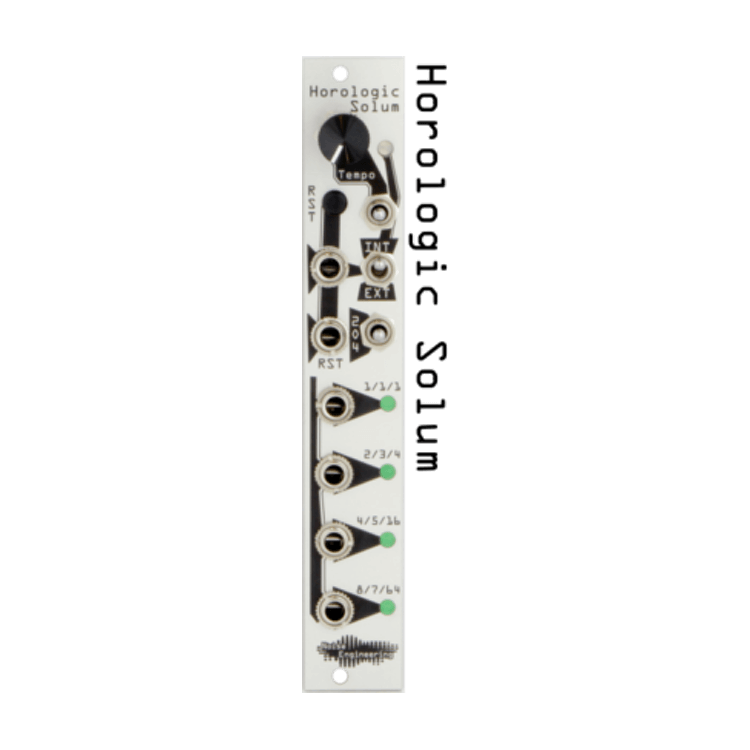
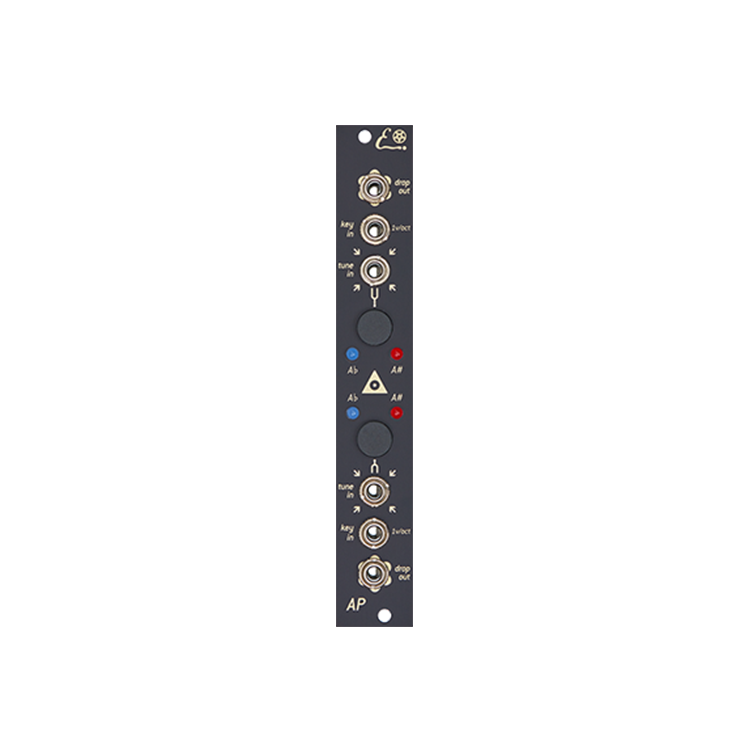


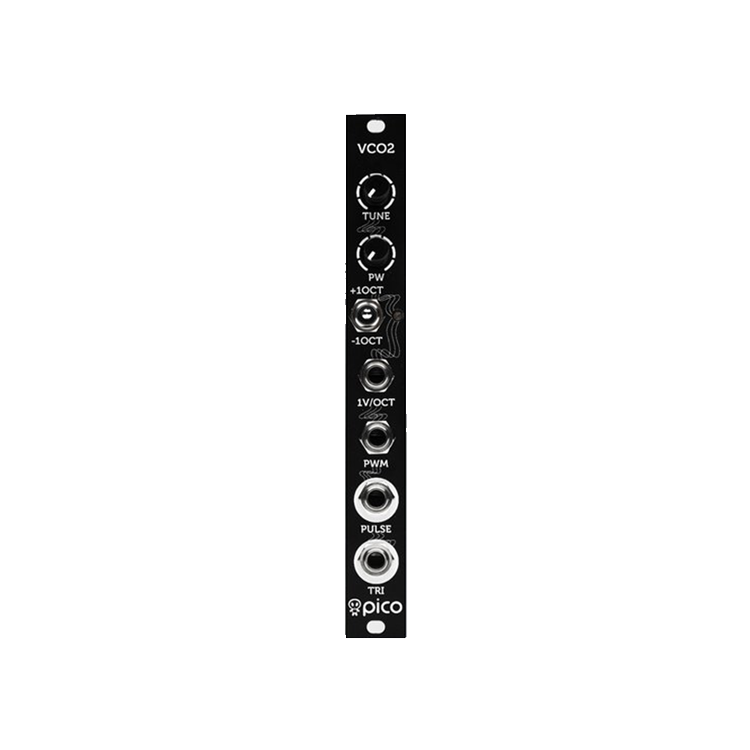
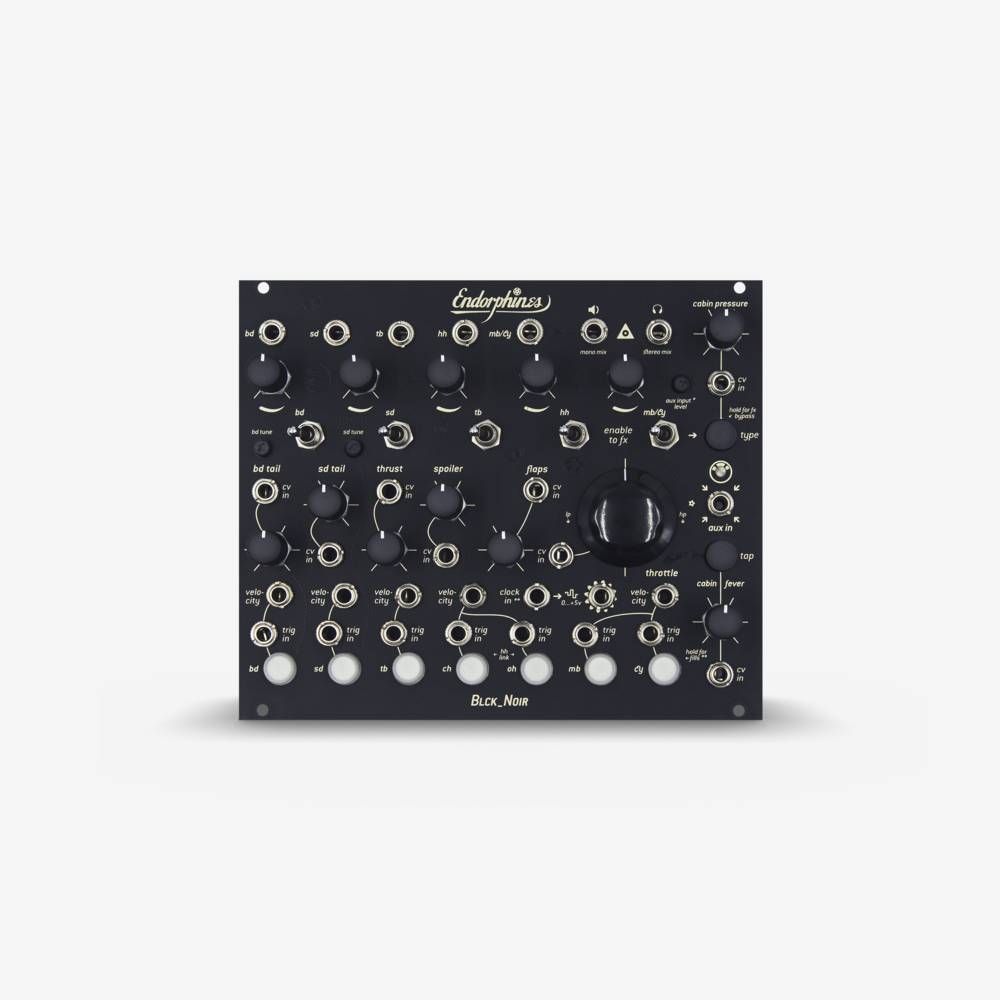
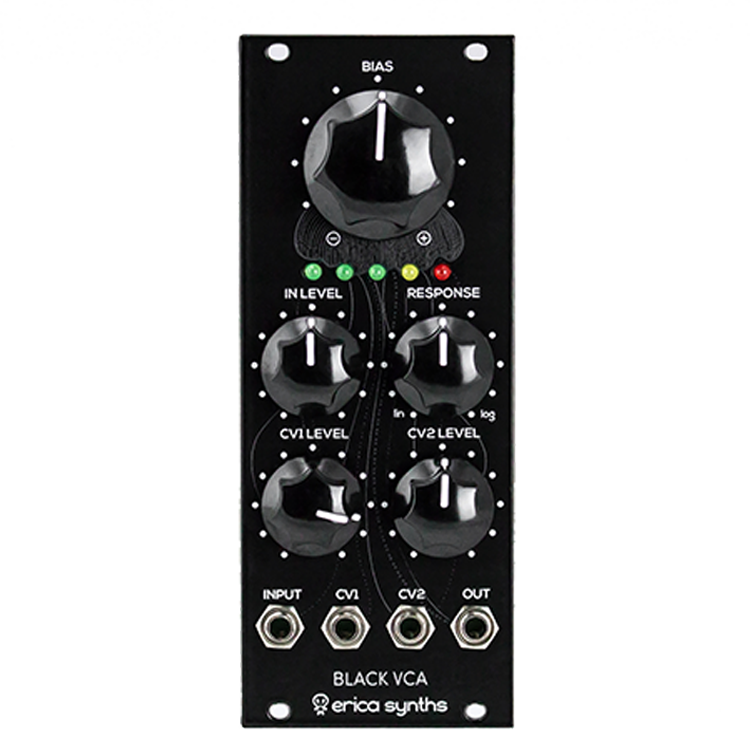


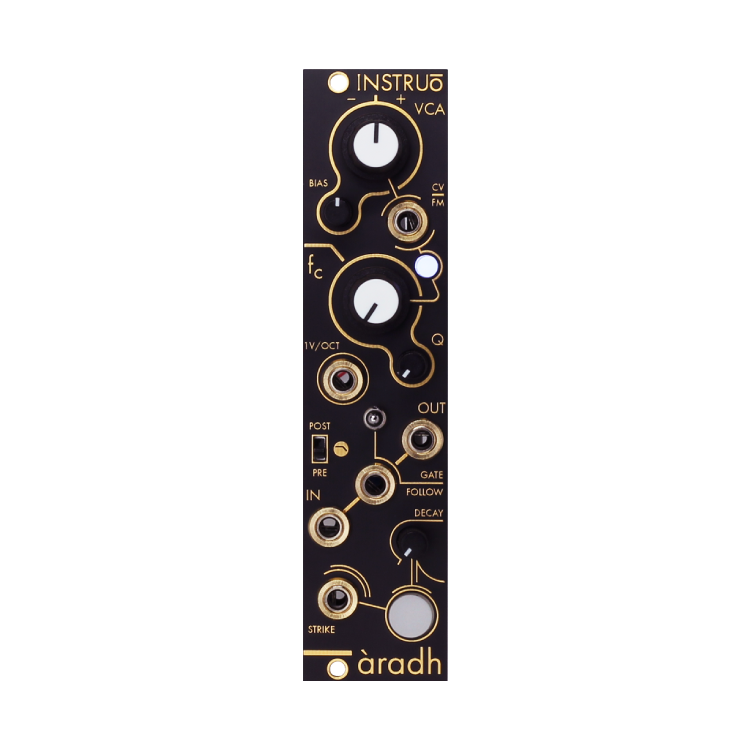
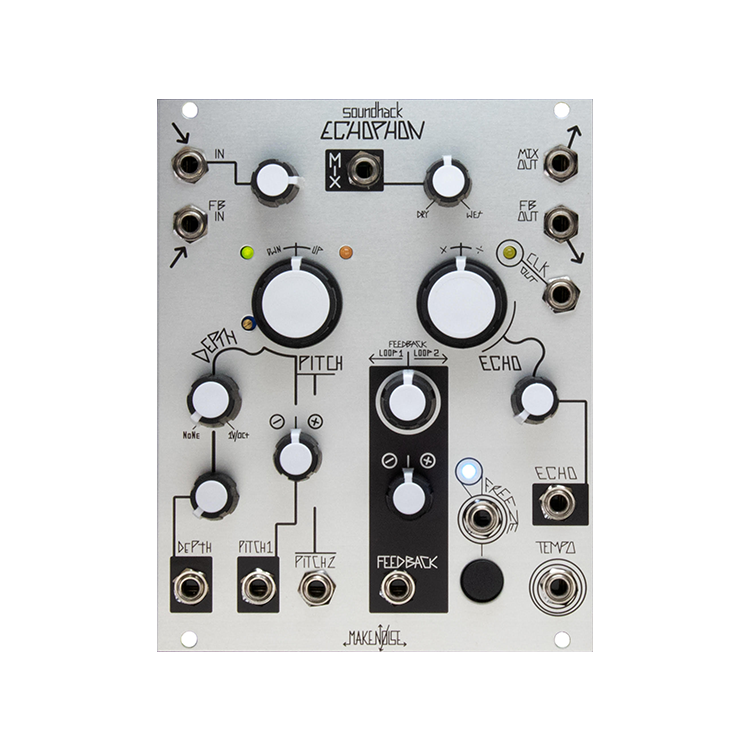
目前尚無評論